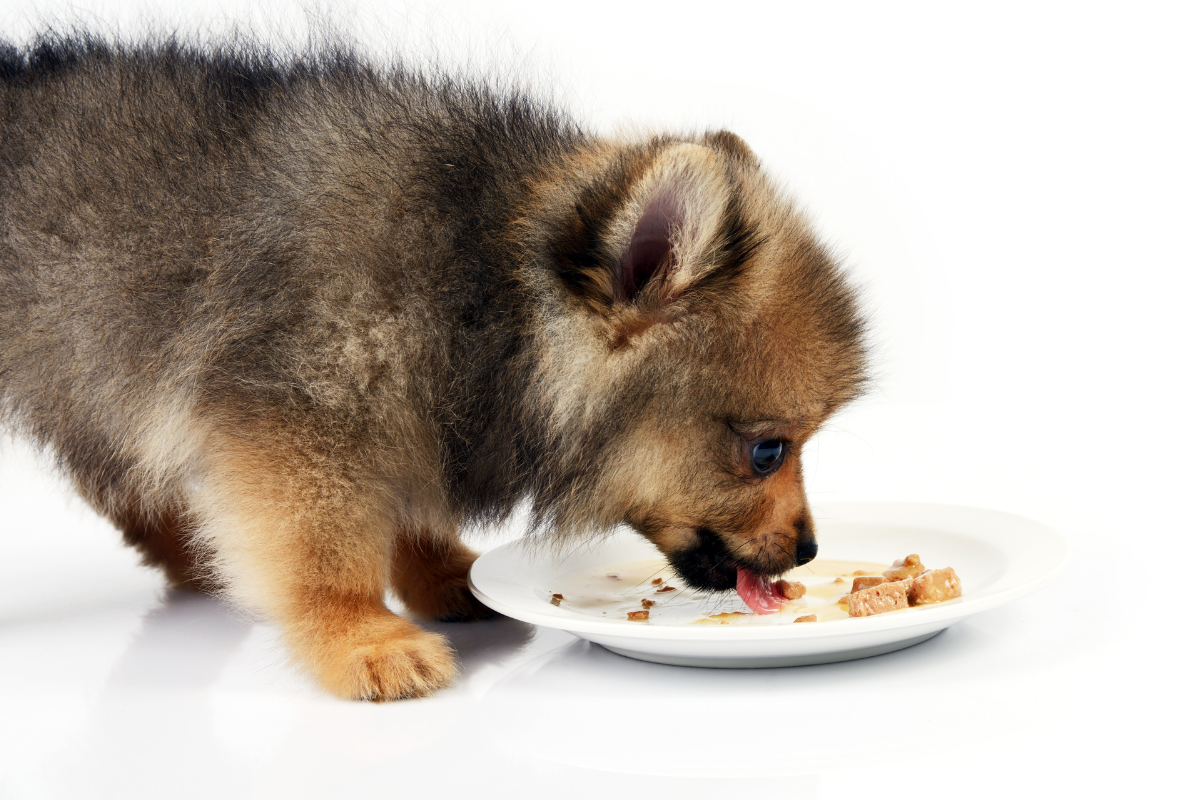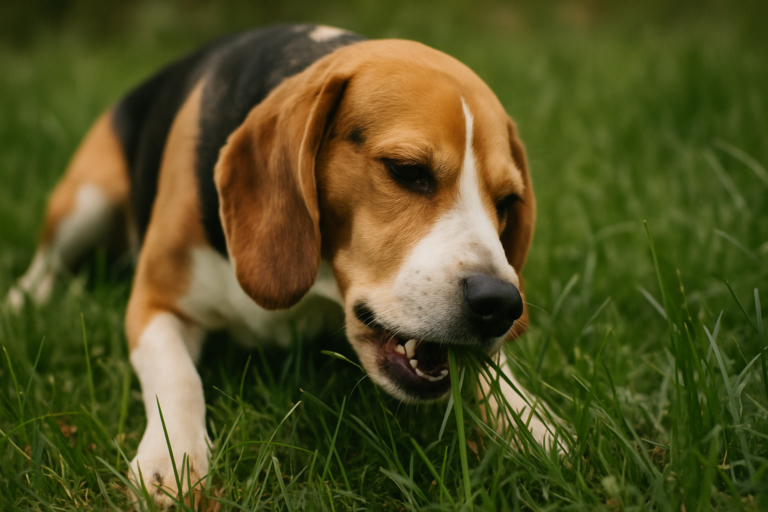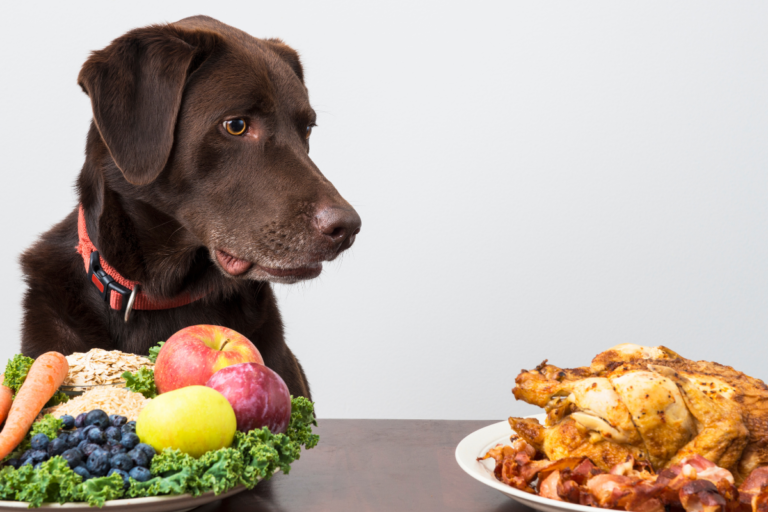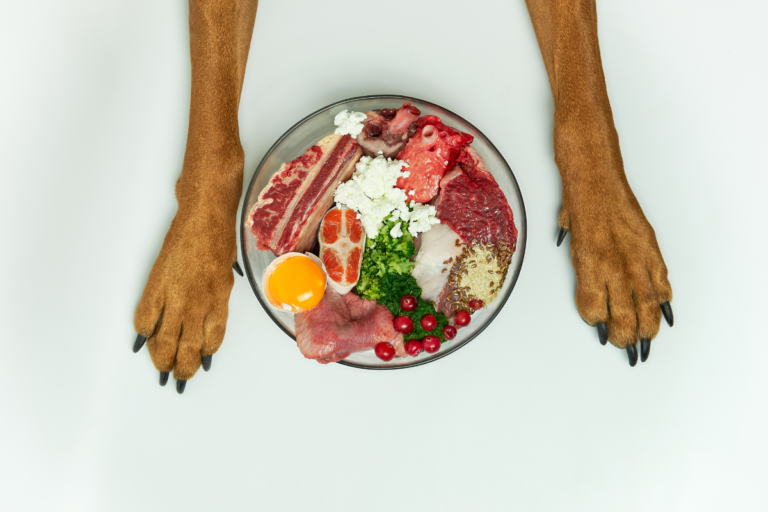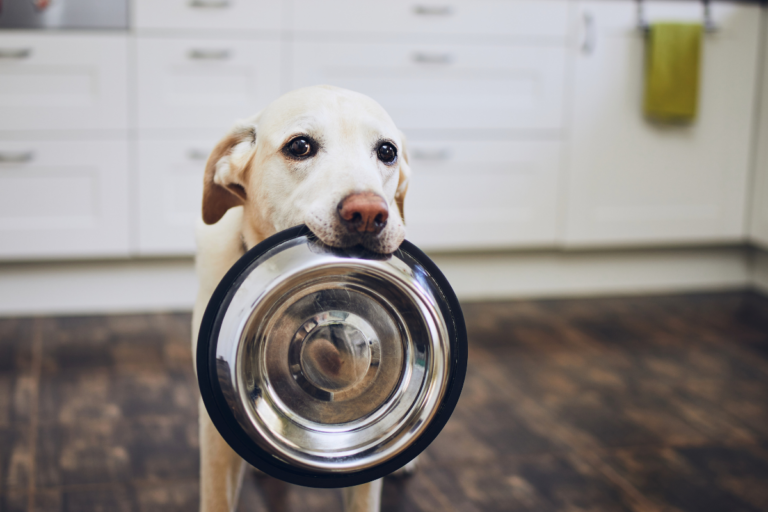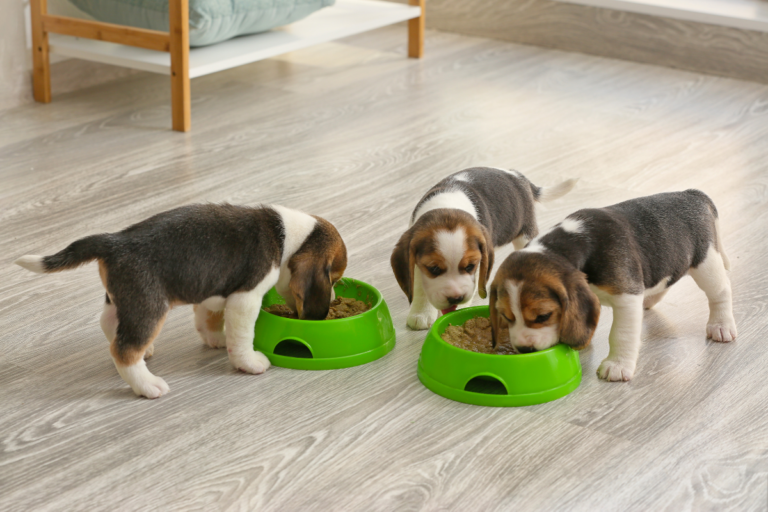Empower Your Pups Health Journey with a Tailored Diet Chart
Understanding Puppy Nutrition
Importance of Puppy Diet
Alright, folks. Let’s talk chow-time for those fluffy pups of ours. Just like us, puppies aren’t tiny adults, they need their own special menu to grow up strong and bouncy. Getting their diet just right at this stage is like laying down the path to a happy, tail-wagging life ahead.
These little furballs are on the fast track, needing more energy, protein, and a bunch of other vital nutrients than their grown-up counterparts. Following a puppy nutrition chart is like having an insider’s guide to pup health. Protein helps build those adorable little muscles, while calcium and good ol’ DHA make sure their bones are strong and brains sharp.
| Nutrient | What It Does | Suggested Amount (Daily) |
|---|---|---|
| Protein | Builds muscle | 22 – 32% of total diet |
| Calcium | Strengthens bones | 1.2 – 1.8% of total diet |
| DHA | Smartens the noggin | 0.02% of total diet |
| Fat | Keeps the energy high | 8 – 18% of total diet |
| Calories | Fuels growth | 50 – 60 kcal per pound |
Nailing down these nutrient needs helps when picking the right kibble or can of puppy food so our puppies are set for their best, healthiest start.
Transitioning to Solid Food
Now, here comes the fun part—getting those munchkins onto solid food. Most pups start this foodie adventure at about 3-4 weeks old. And just like when we’re trying something new, it’s better to ease them in nice and slow. That way, we avoid any tummy grumbles or unpleasant surprises, as the American Kennel Club wisely suggests.
A nifty trick is mixing some wet puppy grub with a little water or milk replacer, creating a slushy, digestible mix. From there, we gradually cut down the liquid over a few days, letting their bellies adjust.
Watching their bathroom habits during this change is pretty important. The shape, color, and consistency of their stools will tell us a lot about how they’re coping with their new meals. Aim for a nice ‘3-4’ on the poop chart; anything too off might mean it’s time to check in with the vet for some tweaks.
Here’s a quick guideline for the switch:
- Week 1:
- Mix food: 75% liquid, 25% solid.
- Serve it 3-4 times a day.
- Week 2:
- Go 50/50 on the liquid and solid.
- Keep up the small, regular meals.
- Week 3:
- Mix drops to 25% liquid, 75% solid.
- Keep an eye out for tummy troubles.
For the sensitive tums out there, a slower switch might be necessary. Probiotics or specific puppy supplements can lend a helping paw in getting their digestion on track.
With a good grasp of a healthy diet and a steady introduction to solid food, we’re helping our puppies flourish from the get-go. For personalized feeding tips, check out dog diet chart, or dive into breed-centric advice like the labrador dog food chart. Happy feeding!
Essential Nutrients for Puppies
Getting the right stuff into your puppy’s belly during those early days is like setting the stage for their entire life show—growth and health. We’re chatting about three big players here: protein, healthy fats, and calcium with DHA. Let’s get into the scoop!
Protein for Growth
Protein is the superstar when it comes to helping your furball pack on muscle and bulk up. It’s like the construction crew for your pup’s tissues, enzymes, hormones, and immune system goodies. Read around and you’ll find places like petMD telling you why puppy grub should come with a protein punch compared to the stuff meant for their older cousins. The goal? Lean, mean muscle machines.
Here’s a handy quickie table for your next dog chow shopping spree:
| Nutrient | Recommended Amount |
|---|---|
| Protein | 22-32% |
Looking for more feeding deets? Pop over to our puppy nutrition chart for a deeper dive.
Healthy Fats for Energy
Time to talk fats—the good kind that keep your puppy bouncing around like a furry energizer rabbit. Besides keeping the zoomies alive and well, fats are awesome for brain work, glowing skin, and keeping that coat of theirs looking show-ready. They’re VIPs for snatching up vitamins like A, D, E, and K. Omega-3 fat, DHA (yes, it’s a mouthful), is the brain and vision booster.
The folks at Purina say more fats are all about solid growth and keeping the right shape later on.
| Nutrient | Recommended Amount |
|---|---|
| Fat | 10-25% |
| DHA | Part of the fat gang |
For a meaty read on balanced eats, peek at our deep dive into a good raw diet for dogs.
Calcium and DHA for Development
Let’s chat calcium. It’s the beef behind strong bones and shiny white teeth. Puppies need more of it than adult dogs do because they’re growing like weeds. And don’t forget about our buddy DHA for firing up brain and peeper development.
Heads up from the crew over at Purina—balance is the name of the game with these nutrients. Overdo it and you’ll risk chunky pups, crooked bones, and wear-and-tear that could make life shorter and puffier.
| Nutrient | Recommended Amount |
|---|---|
| Calcium | 1-1.8% |
| DHA | Part of the fat gang |
Need custom-tailored pet menu suggestions? Check out what we gathered on board certified veterinary nutritionist recipes.
Keeping your pup’s diet on point with the essentials (like the puppy diet chart) is your ticket to growing a happy, healthy canine champ. Keep those tails wagging!
Choosing the Right Puppy Food
Picking the perfect chow for our puppy pals isn’t just about filling their tiny tummies—it’s about giving them a solid start. So, let’s jump into what matters most when picking the best puppy grub for those wagging tails.
Reading Dog Food Labels
Cracking the code of those dog food labels is like being a detective for your pup’s health. They hold the secrets to what’s inside every crunchy bite.
What to Keep an Eye On:
- Ingredient List: Check the lineup. You want real meat or fish leading the way—it’s a sure sign of a top-notch kibble.
- Guaranteed Analysis: Dive into the numbers for protein, fat, fiber, and moisture that tell the tale of what’s inside.
- AAFCO Statement: Gives you the thumbs-up that the chow meets the standards set by the folks at the Association of American Feed Control Officials.
Here’s what to expect in a good guaranteed analysis:
| Nutrient | Percentage |
|---|---|
| Crude Protein | 22% (minimum) |
| Crude Fat | 10% (minimum) |
| Crude Fiber | 4% (maximum) |
| Moisture | 10% (maximum) |
Need more info? Check out our puppy nutrition chart for added tips.
Premium vs. Bargain Brands
The debate between splurging and saving on puppy eats isn’t just about your wallet—it’s about what’s best for your furball’s well-being.
Premium Brands:
- Packed Nutrients: These brands pump more good stuff in every bite, so your pup gets more from eating less (American Kennel Club).
- Reliable Quality: They stick to quality ingredients, ensuring consistency in every scoop.
- No-Nonsense Recipes: Minimal filler means more of the wholesome stuff they need and less of what they don’t.
Bargain Brands:
- Friendly on the Wallet: Easier on the budget if cash is tight.
- Inconsistent Ingredients: Sometimes they switch it up, which can mean mixed results for nutrition.
- Full of Fillers: More likely to bulk up with fillers and by-products to cut costs.
Let’s stack premium against bargain:
| Feature | Premium Brand | Bargain Brand |
|---|---|---|
| Main Ingredient | Real Meat | Meat By-products |
| Nutritional Density | High | Lower |
| Fillers and By-products | Minimal | High |
| Cost | Higher | Lower |
Our two cents: go premium when you can. It’s the best way to keep your four-legged buddy in tip-top shape. Dive deeper into our dog diet chart for more insights and find tailored board-certified veterinary nutritionist recipes.
Using these tips, you can pick the right eats and help your puppy grow up healthy and hearty.
Feeding Guidelines for Puppies
We’re all about making sure our little furballs grow up happy and healthy. So, let’s chat about what it takes to keep those tails wagging and tummy full.
Meal Frequency
Puppies aren’t just mini versions of adult dogs—they run on high-octane fuel! Their little tummies need frequent pit stops for chow. We’ve put together some top advice, straight from the folks over at Purina:
| Age | Number of Meals per Day |
|---|---|
| 6 – 12 weeks | 4 |
| 3 – 6 months | 3 |
| 6 – 12 months | 2 – 3 |
| Over 12 months | 2 |
Keeping up with this schedule gives ’em steady energy and lays the groundwork for growing up strong and sturdy.
Portion Sizes
Size matters—that is, breed size when it comes to deciding on chow portions. Depending on their future size, here’s how much kibble you’re looking at, again with a nod to Purina:
| Breed Size | Expected Adult Weight | Daily Portion |
|---|---|---|
| Small Breed | Up to 25 lbs | 1/2 to 1 1/2 cups |
| Medium Breed | 25 – 50 lbs | 2 to 3 cups |
| Large Breed | 50 – 100 lbs | 3 to 4 1/2 cups |
| Giant Breed | Over 100 lbs | 4 1/2 to 6 cups |
But, hey, don’t take these numbers as gospel. Keep an eye on their weight and adjust as needed. Our puppy nutrition chart is there for more details.
Transition to Adult Food
Switching from puppy chow to big-dog dinners is a journey (a chill one, we promise). How soon your pup makes the switch depends on their size and how fast they’re growing. Check out these pointers from the pet gurus at petMD:
| Breed Size | Transition Age |
|---|---|
| Small Breed (up to 25 lbs) | 10 – 12 months |
| Medium Breed (25 – 50 lbs) | 12 – 15 months |
| Large Breed (50+ lbs) | 15 – 24 months |
Blend adult food with their puppy mix slowly over a week or two. This careful switcheroo dodges any tummy troubles. For a deep dive into specifics, like our labrador dog food chart, peek at our linked resources.
At the end of the day, we just want the very best for our furry family members. Our goal is to serve up a diet that’s fit for your little king or queen. For more grub ideas, throw an eye over the board certified veterinary nutritionist recipes. And remember, for pups with unique eating needs ’cause of their size, a custom diet plan’s essential.
Special Nutritional Needs Based on Breed Size
Feeding our puppies is a big responsibility, especially when it involves giving them a diet that matches their breed size. Let’s chat about what our little and not-so-little furry pals need to get all grown up the right way.
Small Breed Puppies
Those tiny bundles of energy under 25 pounds are like hyper little machines, reaching their big boy or girl size before you know it—usually between 9 to 12 months (American Kennel Club). Because they’ve got the zoomies pretty much 24/7, they need a power-packed diet to keep up.
Nutritional Needs:
- Calorie Power: These little dynamos need more fuel—so expect them to chow down a hefty dose of calories for their size.
- Mini-Sized Munchies: Small bites are their jam. Smaller kibble works best so they don’t struggle.
- Multiple Munch Sessions: Let ’em eat several times a day to keep that battery charged all day long.
Check this out—here’s a rough guide on feeding our tiny pals:
| Age (Months) | Meals Per Day | Suggested Caloric Intake (Kcal/day) |
|---|---|---|
| 1-3 | 4 | 200-250 |
| 4-6 | 3 | 300-350 |
| 7-12 | 2 | 400-450 |
We pulled these numbers from PetMD, so you’re getting the good scoop.
Large Breed Puppies
Our big lads and lasses, tipping the scales at over 50 pounds eventually, take their sweet time maturing, anywhere from 15 to 24 months (American Kennel Club). It’s a marathon, not a sprint, so their meals need to be just right to protect those growing bones and joints.
Nutritional Needs:
- Protein-Fat Combo: Getting this mix right makes for a steady growth pace.
- Bone Builders: Carefully balancing calcium and phosphorus is key for bone strength.
- Joint Joy: Foods with glucosamine can keep those joints moving smoothly.
Here’s a cheat sheet for what big pups might need to chow down on:
| Age (Months) | Meals Per Day | Suggested Caloric Intake (Kcal/day) |
|---|---|---|
| 1-3 | 4 | 400-450 |
| 4-6 | 3 | 600-700 |
| 7-24 | 2 | 900-1000 |
This info’s backed by the pros at PetMD.
If you’re the type who loves digging deep into details, our dog diet chart and veterinary nutritionist recipes could be just what you need.
By keeping these eating tips in mind, we’re setting our puppies on the path to healthy, happy doggo days.
Common Food Hazards for Dogs
Feeding our puppies right is like the VIP pass to their happy and healthy life. But sometimes, our snack cabinet might hold treats that are more trouble than they’re worth for our pupper pals.
Toxic Foods to Avoid
Our kitchens might secretly be dogs’ danger zones packed with everyday foods that could turn our pooch’s afternoon into a trip to the vet. Here’s the lowdown on what to chuck out of doggy reach:
| Food | The Bad Stuff | What Could Happen |
|---|---|---|
| Alcohol | Ethanol | Booze and pups don’t mix—can lead to intoxication, difficulty breathing, or even a coma. |
| Avocado | Persin | Can make dogs puke, have the runs, or worse, cause heart troubles. |
| Chocolate | Theobromine | Hyper dogs, trembling paws, chattery teeth, and heart dangs. |
| Grapes/Raisins | Mystery Villain | Messes up their kidneys big time. |
| Xylitol | Sugar Alcohol | Zap! Blood sugar crashes, and the liver taps out. |
| Onions, Garlic, Chives | Thiosulfate | Plays hardball on blood cells causing anemia. |
| Raw Dough | Yeast | Bloated bellies and unexpected boozy behavior. |
Give these foods a miss—one wrong munch can bring big trouble. Crazy as it sounds, food woes cause over 232,000 pet poisoning calls in the U.S. every year. Yikes!
Safe Nutritious Snacks
Don’t sweat it; there’s a whole menu of safe noms for tail-wagging cheer. Check out this tasty lineup that keeps your pup’s tail waggin’ and health bangin’:
- Carrots: Puts a sparkle in their pearly whites with few calories.
- Blueberries: Tiny powerhouses of goodness with vitamins galore.
- Pumpkin: Keeps the potty business smooth and is fiber-packed.
- Peanut Butter (unsalted, no hidden xylitol): Protein and yummy fats. Just a dab’ll do ya!
- Apple Slices: Crunchy bites of vitamins A and C—ditch the seeds and core.
- Green Beans: Snap-worthy bites with low calories and lots of vitamins.
Feeling a bit adventurous? Chat with a vet nutrition whiz for a custom grub guide. You can explore more meals fit for doggy kings in our pieces on raw food for dogs and best raw plans for furballs.
Pull it all together with our trusty dog diet chart that’ll set you straight on balanced meals.
Keeping tabs on pup’s food foes and giving them tasty, safe alternatives can pump up their life game. Get more lowdown on feeding your fur buddy in our nifty puppies food chart.
